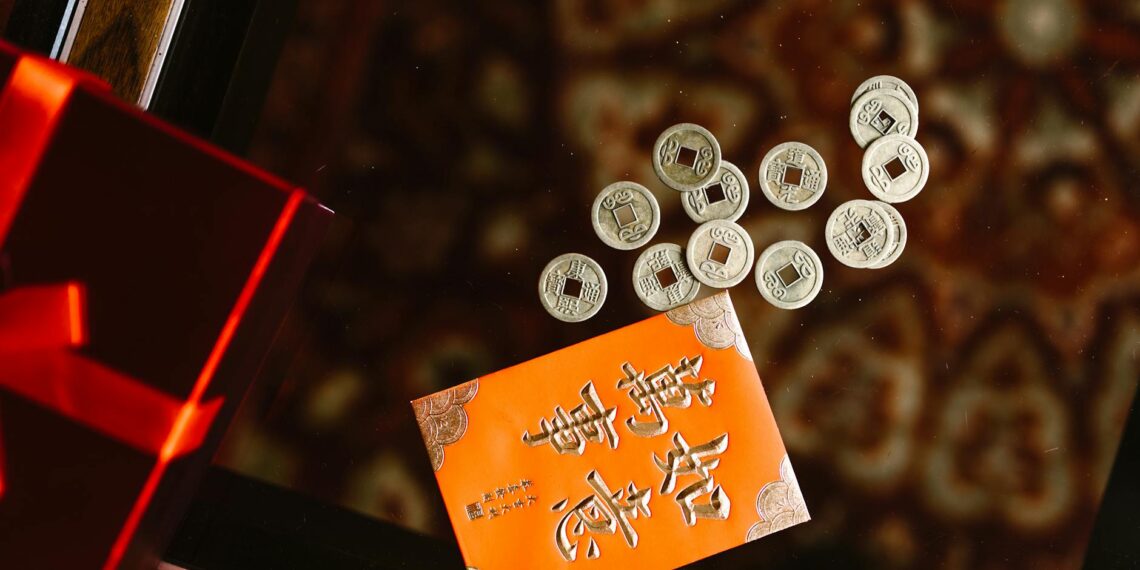Traditional Chinese coins, also known as “cash coins”, are distinct and easily recognizable. Here’s a breakdown of their main characteristics:
- Round shape with a square hole in the center: This iconic design reflects the ancient Chinese belief that the round shape represents the heavens and the square hole symbolizes the earth. The hole also allowed for stringing coins together, facilitating easier transport and higher denominations.
- Four Chinese characters on the obverse side: These characters usually indicate the reigning emperor and the term “currency”. The characters are typically read from top to bottom, then right to left.
- Made of copper or bronze alloys (historically): Most cash coins were produced from copper or bronze, with iron, lead, and zinc sometimes used, especially during periods of copper scarcity.
- No pictorial images: Traditional cash coins generally do not feature images, unlike many Western coins. Their inscription primarily identifies the coin.
- Reverse inscription (sometimes): While the primary inscription is on the obverse, some coins also have an inscription on the reverse side. This might indicate the mint location in Manchu script, according to the Lincoln Museum.
While the round shape and square hole remained largely consistent for centuries, there were variations in design and materials:
- Ancient forms: Early Chinese coins also included knife-shaped and spade-shaped money, [according to the American Numismatic Association].
- “Flower hole” coins: Some cash coins were produced with octagonal or hexagonal holes, resembling flowers or stars. The exact reason for these variations is debated, but some believe they might have indicated the year or location of production, or even held symbolic meaning related to prosperity.
- Machine-struck coins: Towards the end of the Qing Dynasty, machine-struck coins began to be produced, initially alongside the traditional cast coins.
- Modern currency: The modern Chinese currency, the Yuan Renminbi, includes coins of different denominations (1 Yuan, 5 Jiao, 1 Jiao, etc.) that feature various designs, including flowers and the National Emblem of China, containing five stars and the Palace Museum on Tiananmen Square in Beijing. These are typically made of nickel-plated steel or stainless steel.
In essence, while the fundamental look of Chinese coins has been defined by the round shape and square hole for millennia, the specific inscriptions, materials, and details have evolved throughout history.









How to identify a Chinese coin?
Most Chinese coins are round with a square hole and have four Chinese characters on the obverse side. ‘Kang Xi Tong Bao’ Coin The old coin at the left is an example of a typical Chinese cash coin which was cast during the Qing (Ch’ing) Dynasty (1644 – 1911 AD). It has four Chinese characters (symbols).
What do Chinese coins look like?
I can help with that. The cash or qian was a type of coin of China and the Sinosphere, used from the 4th century BC until the 20th century, characterised by their round outer shape and a square center hole (Chinese: 方穿; pinyin: fāng chuān; Jyutping: fong1 cyun1; Pe̍h-ōe-jī: hong-chhoan).